For several years now, a modest farmer from Gavar has been supplying craft cheeses to wine restaurants and cellars of the Armenian capital. The cheeses mature in the cellars of the creamery in Artsvakar, at the Mikayelyan Family Farm, which stands five minutes’ ride from the famous Noratus khachkars.
The heart of the creamery is the cellar where the cheeses take their final shape. It has the favorable environment for cheese maturing. A fastidious product, cheese categorically refuses to mature in inappropriate conditions. The Mikayelyan creamery produces 8 types of craft cheese in total: soft, semi-soft, semi-hard, hard and very hard. In Artsvakar, they make Parmesan from pasteurized milk contrary to the Italian method, and this version of the product has become known as Armesan (courtesy of the press).
Next, Aroma del Vino sits in the vats filled with dry red Areni and white fruit wine made of local apples. A year of soaking, and the cheese acquires thick wine aroma, strong taste and powerful aftertaste. It also obtains a recognizable purple hue, typical for the authentic Areni wine. For a more exquisite taste there is the cognac cheese, whose golden blocks are laid out next to the wine cheese.
“About five years ago, I tried a brandy cocktail with cinnamon, sea salt and grapefruit in Yerevan,” said cheese maker Arman Mikayelyan. “That is when I thought of making a cheese with such aroma.”
The person responsible for experiments with cognac and cinnamon is Marine Mikayelyan, Arman’s wife. They have four children together, and the youngest girl was actually born at the creamery. Back in 2012 Arman quit his job, closed the small flower shop in Yerevan and left for Sevan to open a diary farm at his parents’ house.
“What can be better for children than whole foods, playing and working in the open air?” asked Arman. “We did not doubt for a second our decision to change the comfortable life in the capital for a completely new business in the remote countryside. We started a business we can hand down, a business that will provide us in the old age.”
It was Marine’s idea to make craft cheeses instead of simply selling the milk from the farm. A biochemist, she pointed out that the Alpine milk from healthy cows would be perfect for cheese making. Marine’s first products were artisan cheese with nuts and Caciotta balls.
Then she started experimenting with wine cheese on the basis of Spanish and Armenian traditions. Marine developed the process of making unique cognac cheese, the Сognac Тraditions. Every day she climbs down into the cold cellar and coats the maturing blocks of cheese with a mix of Armenian cognac and cinnamon. The cheese stews under the think cognac crust for six months to a year, gaining savory taste and rich bouquet.
“My wife wasted three tons of milk before getting the cheese she was ready to submit to the judgment of family critics,” Arman said with a smile. “She is fiddling with the cheese so much, she knows by sight every block by the packaging stage.”
The “expert commission of cheese lovers” is comprised of Arman’s parents and brother, and the tourists. The tasting is held in the outdoor terrace in the garden, where the branches with ripe fruit are handing over the tables. Cheese makers recommend combining artisan cheese with dry white and rose wines and serve it with nuts, grape, pears, figs and rose petal preserve.
Marine
“Mass-produced cheese can hardly surprise the consumers with good taste,” noted Arman. “Large quantities rob the product of its individuality, which affects the taste. We make 1500 blocks a year and we have no intention to start mass production.”
Recently the cheese makers from Artsvakar expanded their cognac cheese range with In Grape, the blue cheese with edible crust made of grape leaves. Marine came up with the idea of “swaddling” the drunken cheese with grape leaves from her garden: it is the only variety of grape that can withstand the winter frost in Sevan.
In the nearest future, the Mikayelyan Family Farm will host the visitors in a new, large cellar with cheese storage and a tasting room with capacity of 40. Construction of the new cellar is co-financed by the UN Integrated Rural Tourism Development (IRTD) project.
Erna Revazova


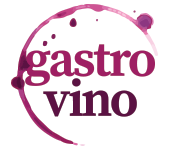
 ×
×
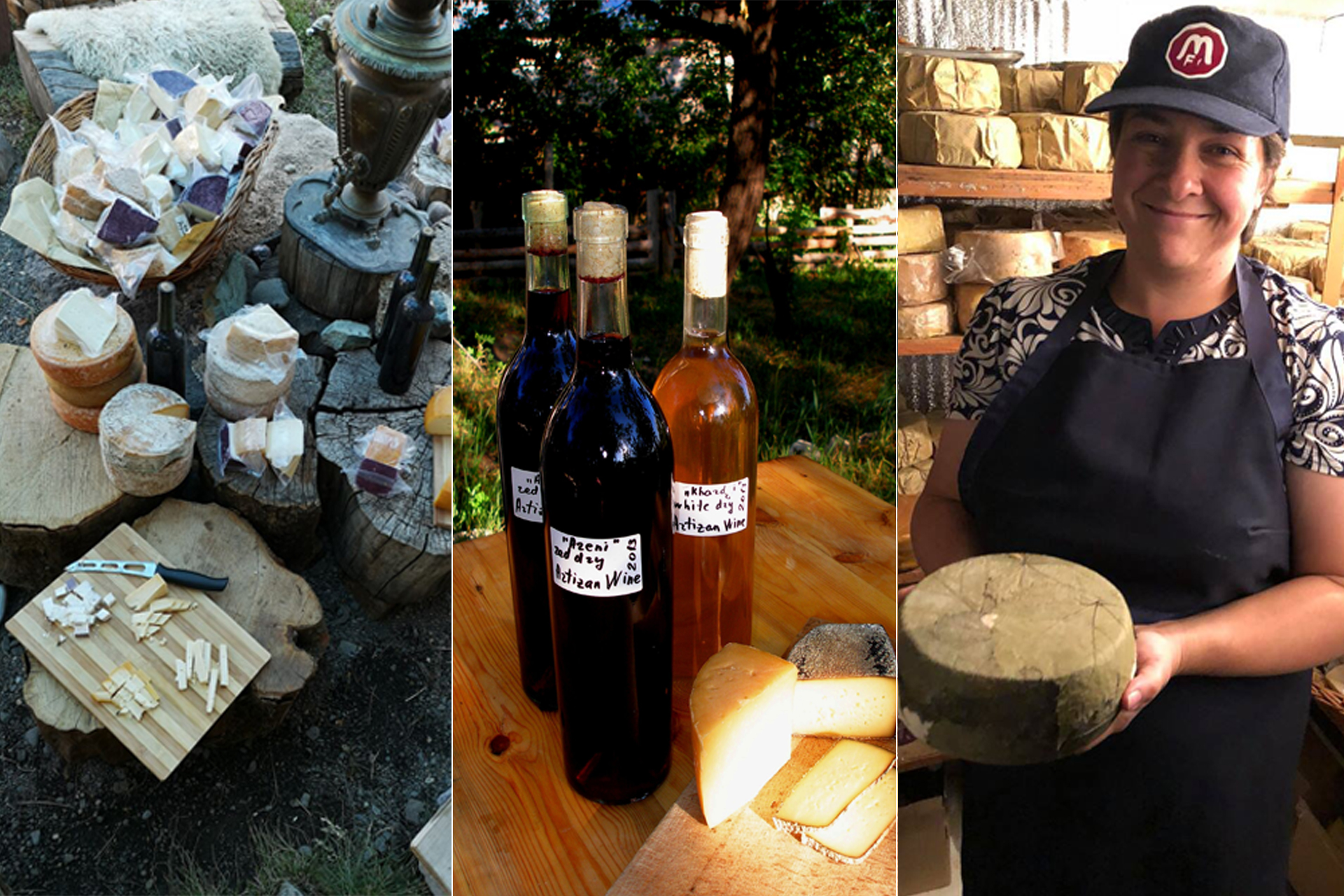


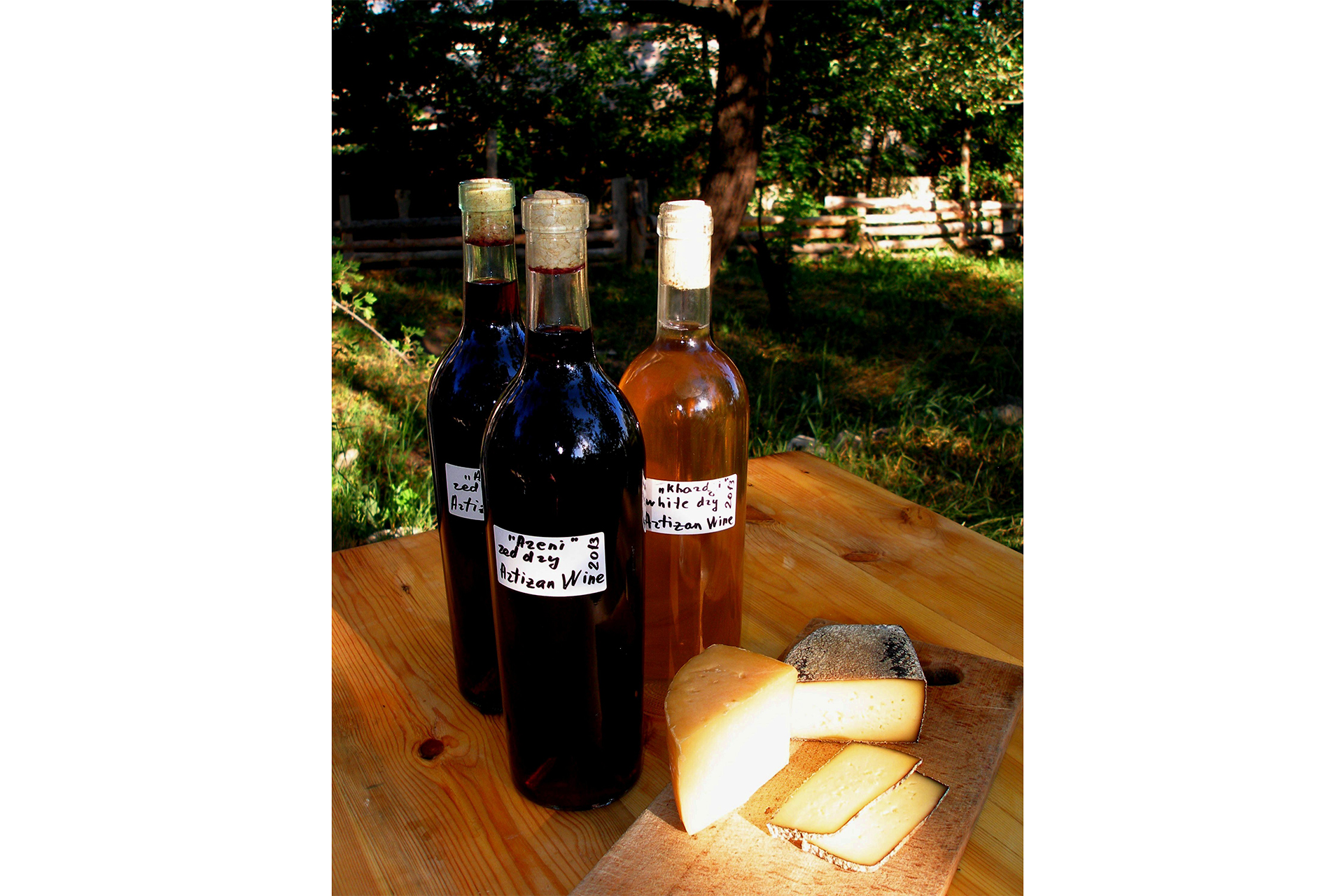
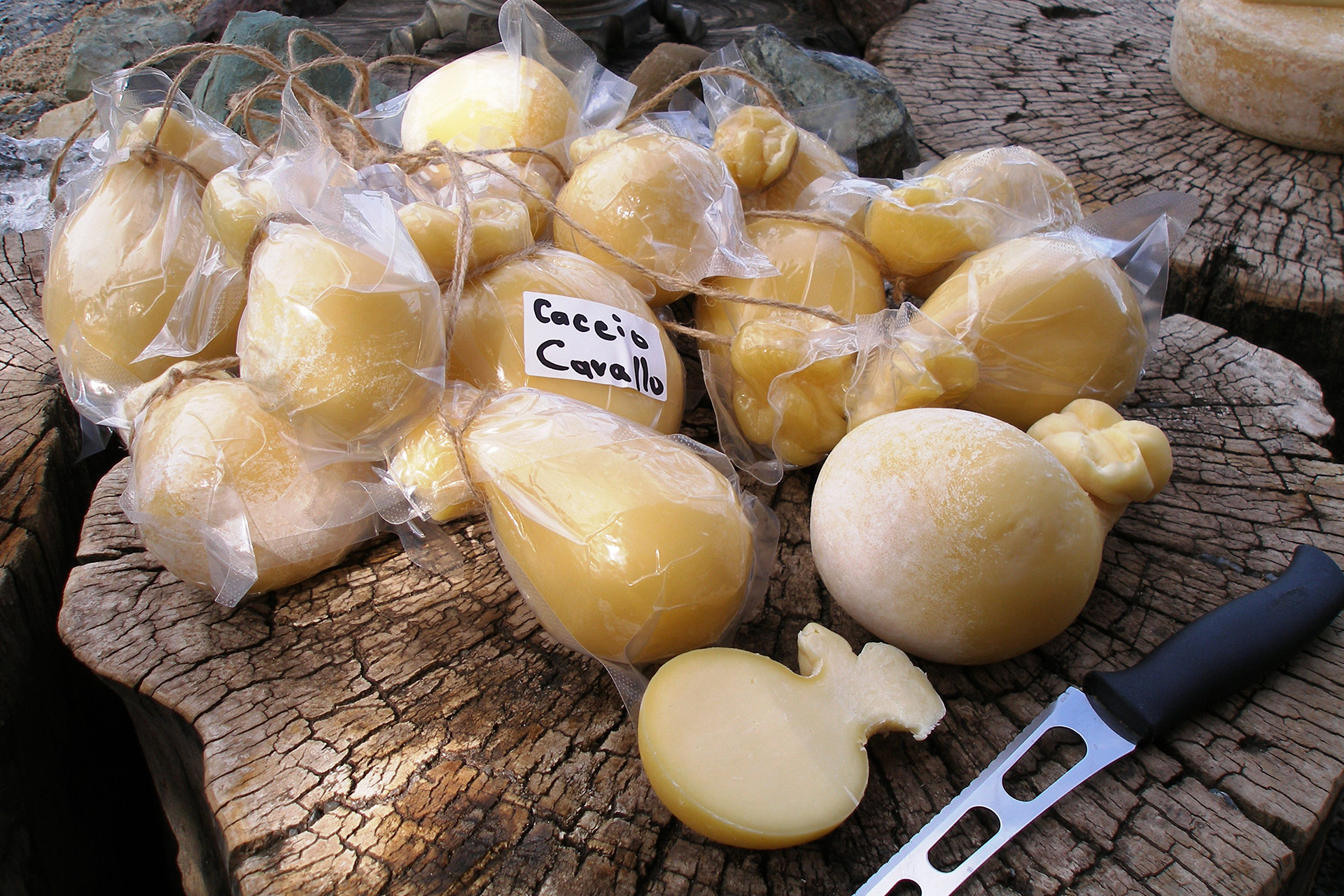
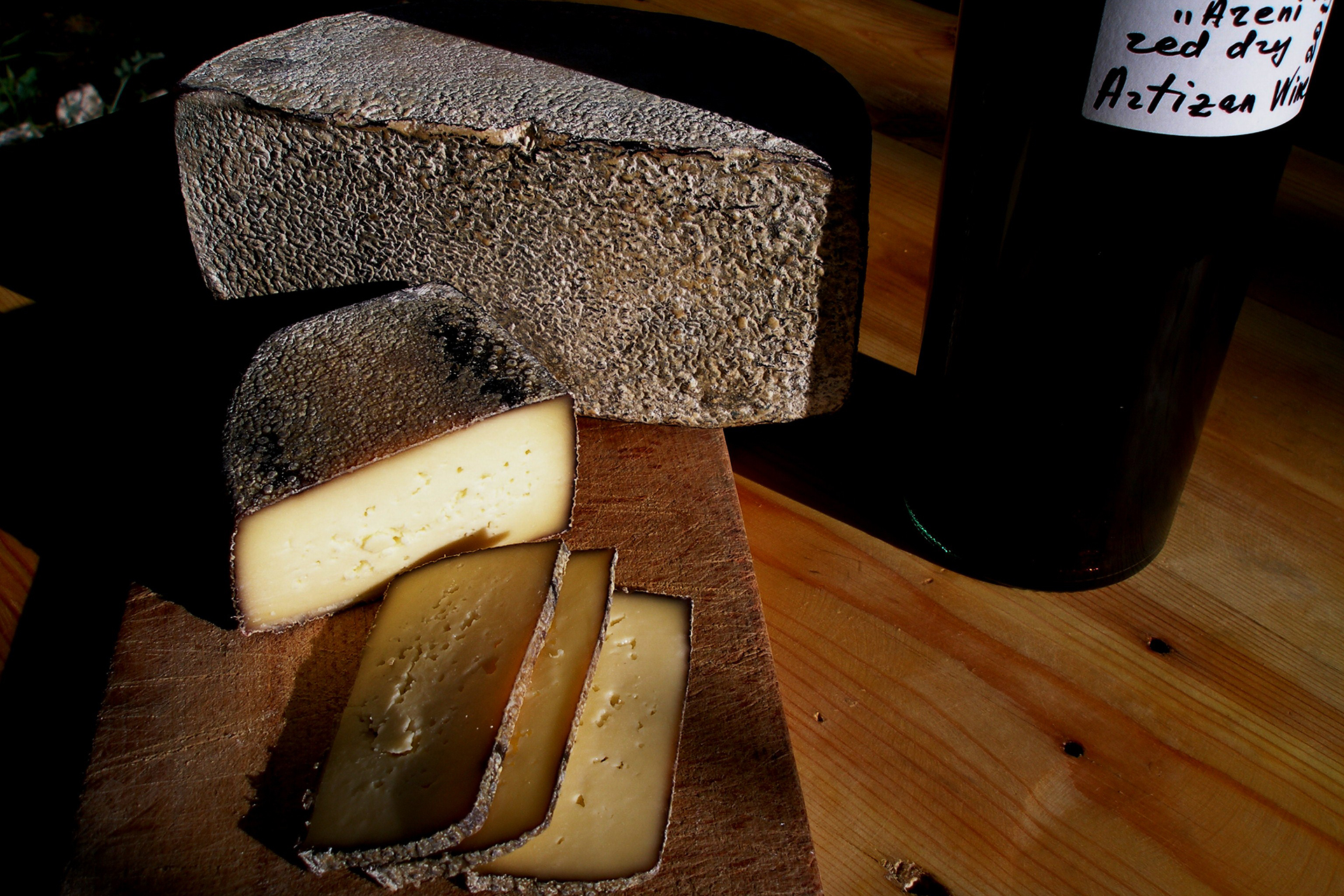
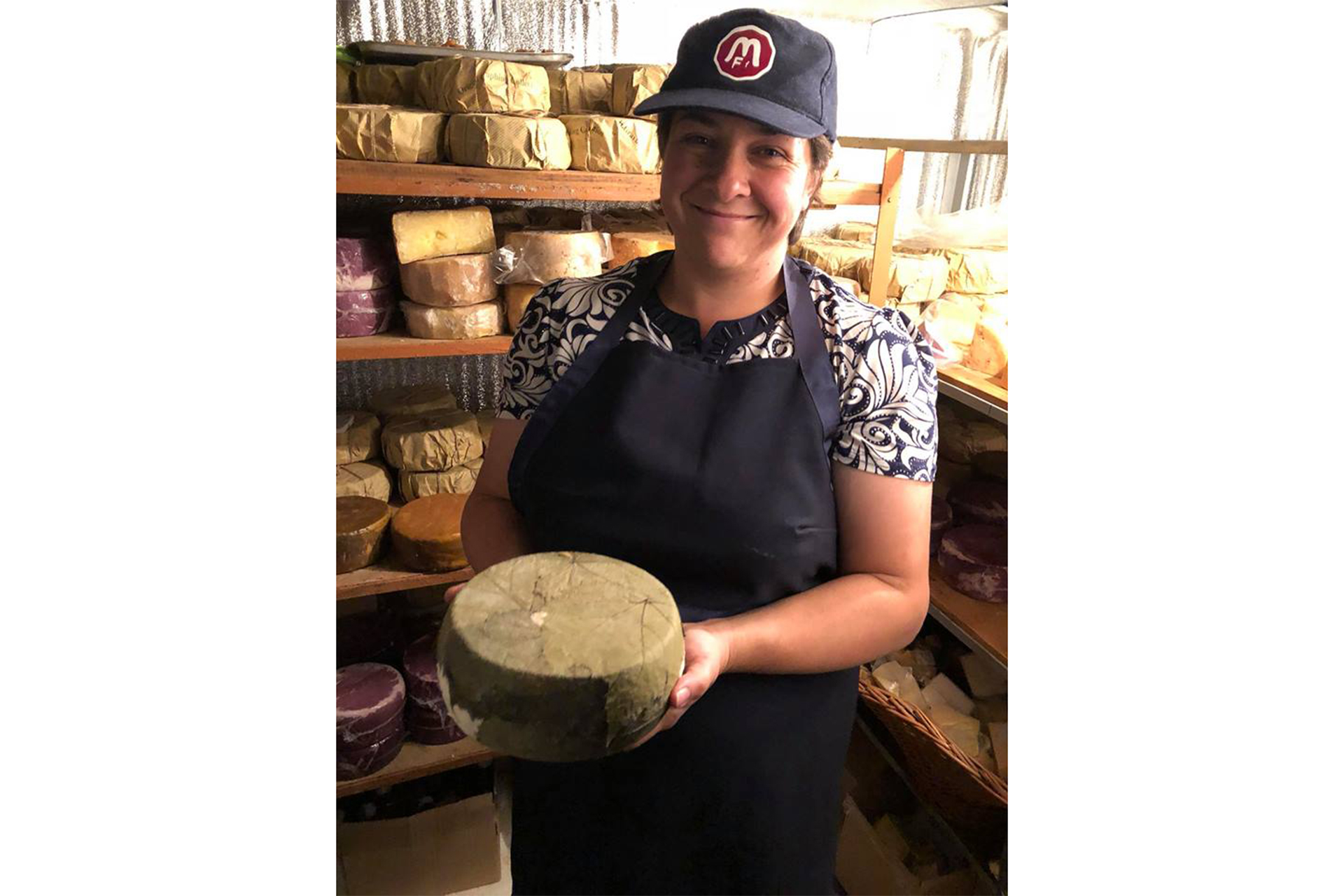
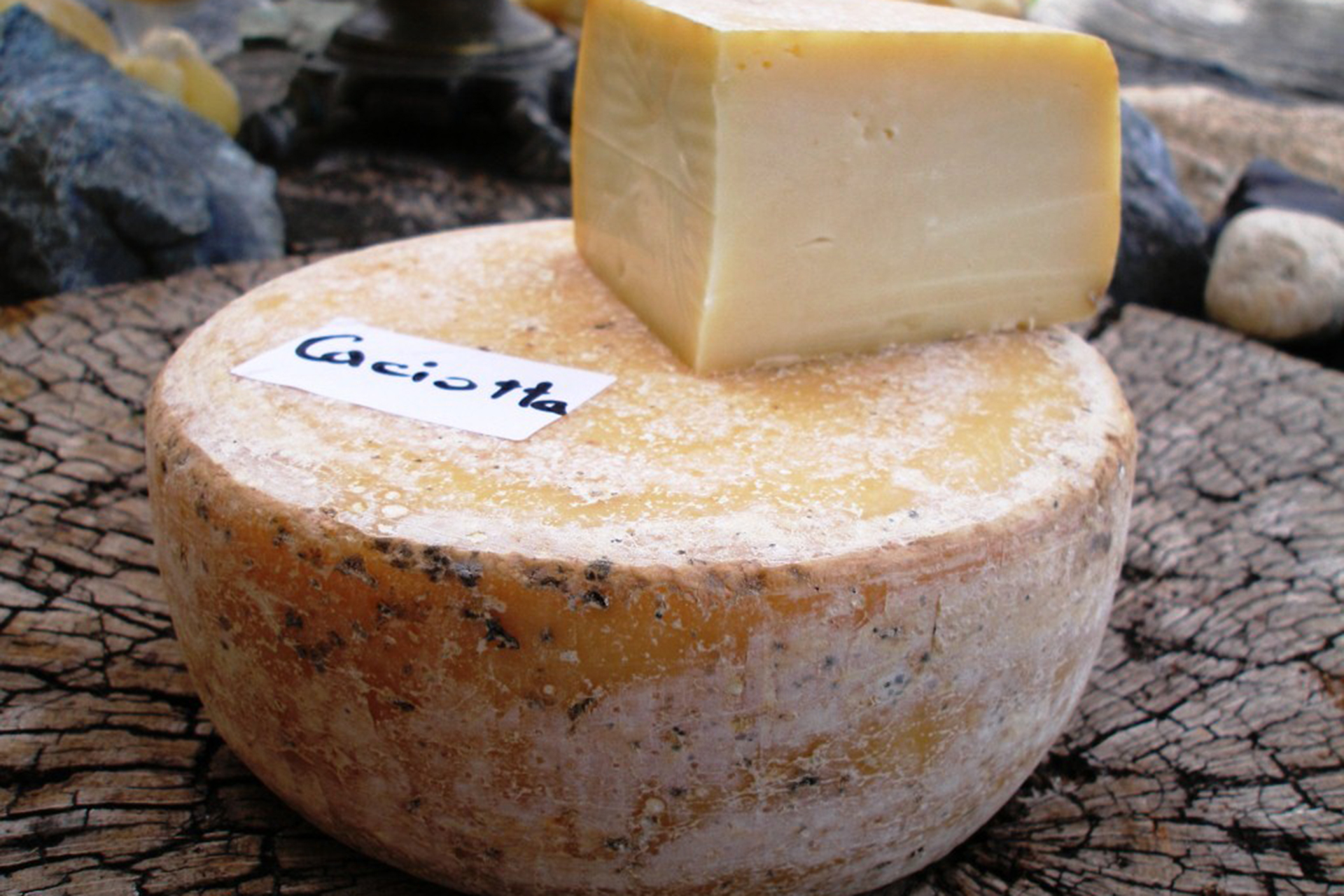


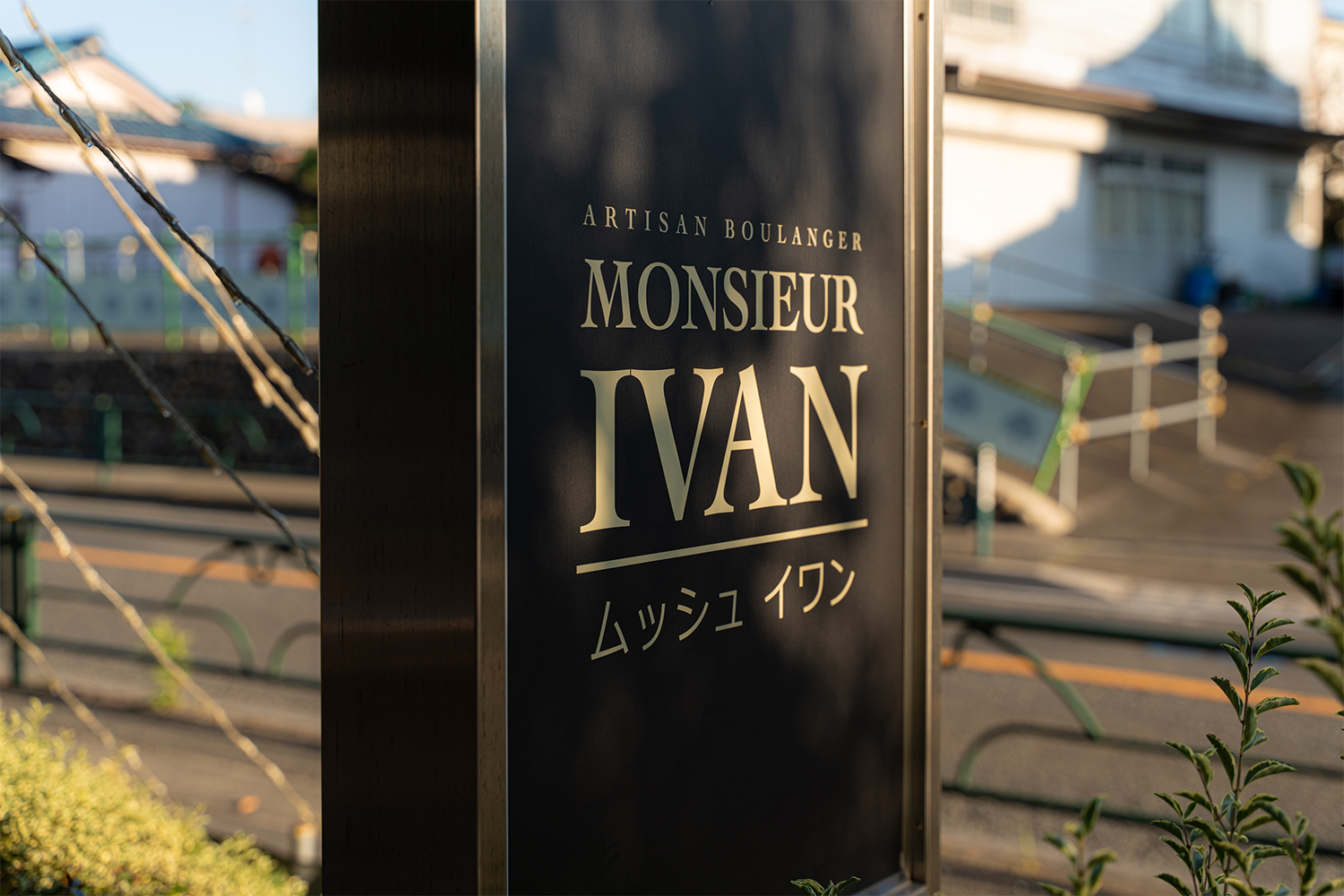
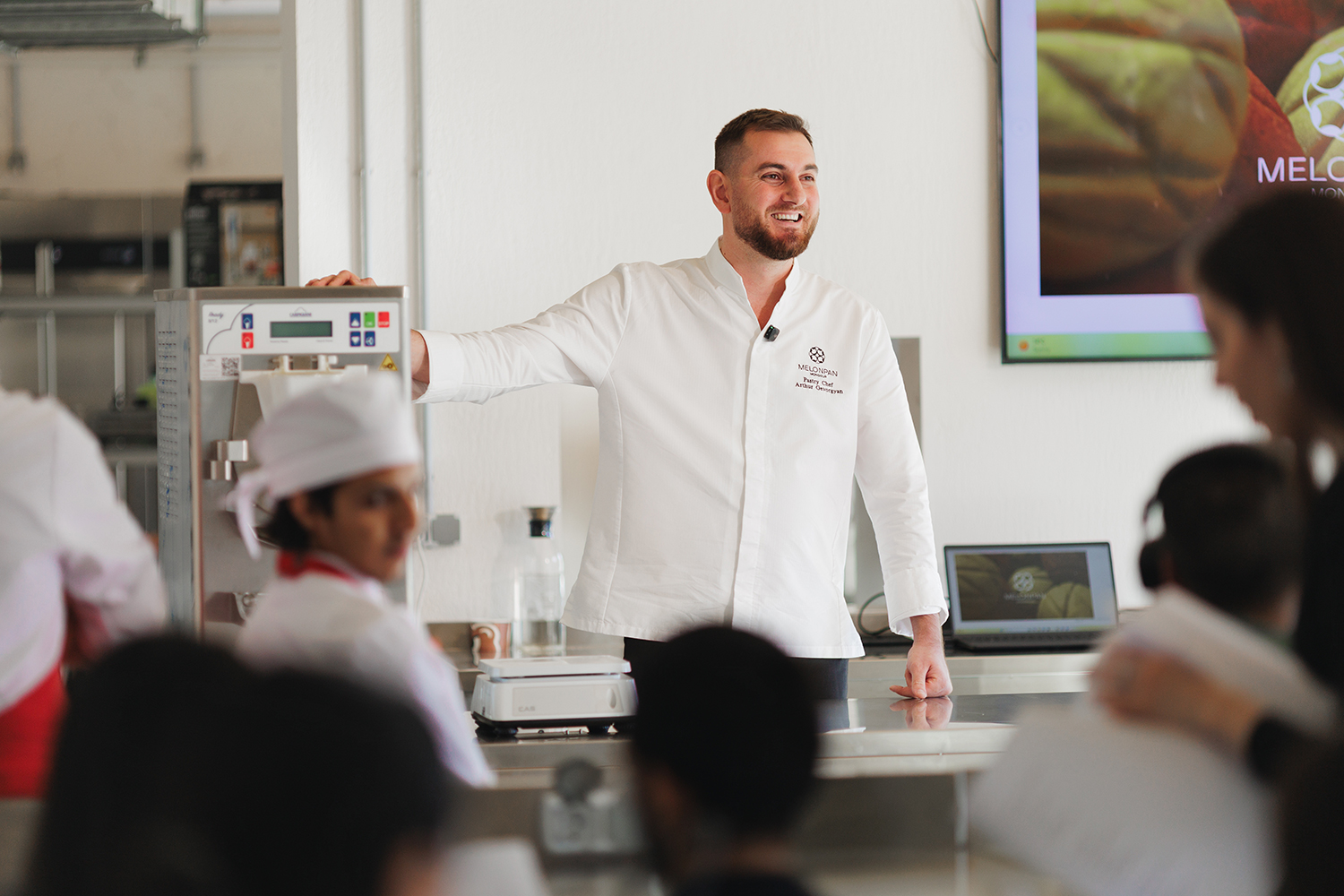
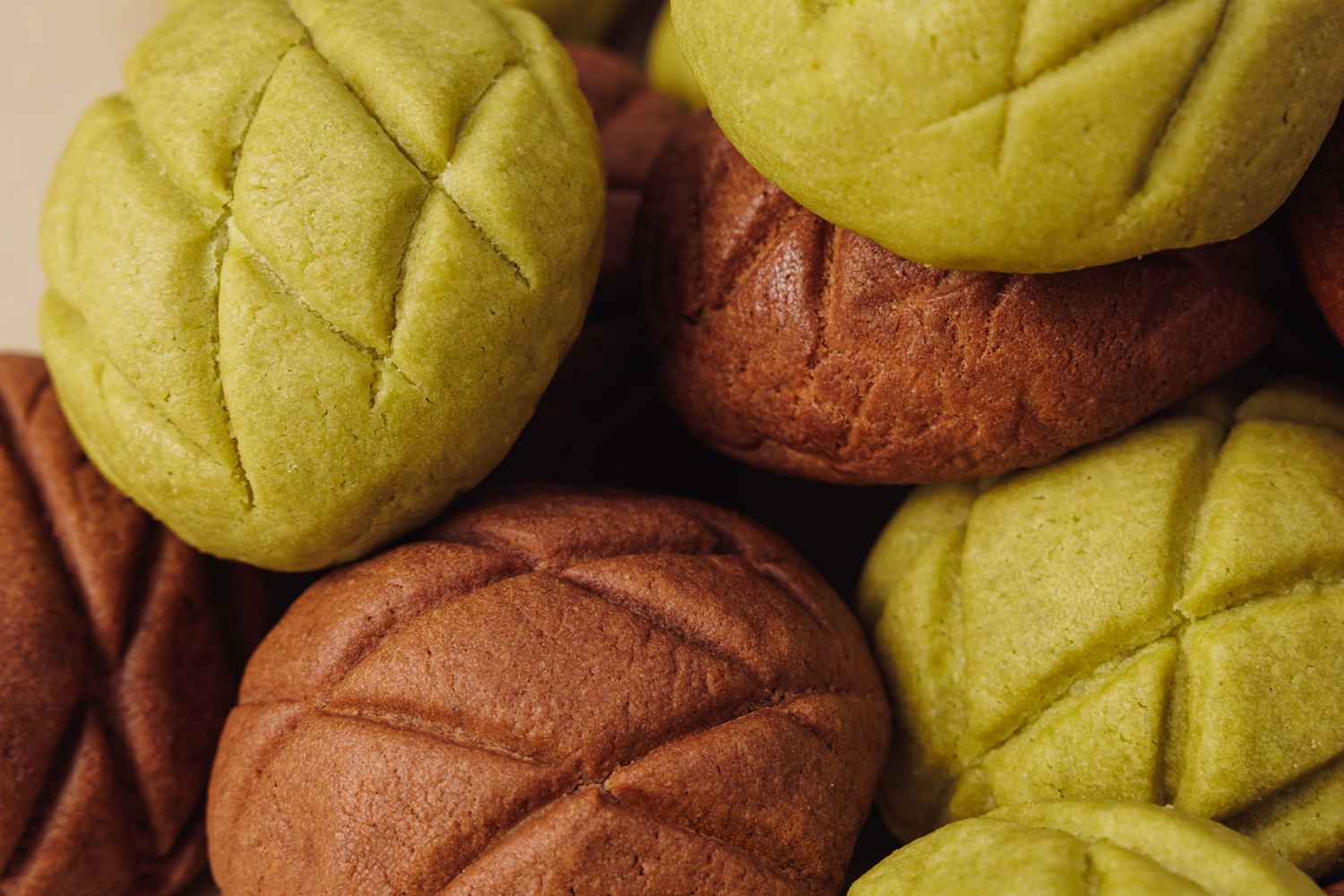


Comments
Dear visitors, You can place your opinion on the material using your Facebook account. Please, be polite and follow our simple rules: you are not allowed to make off - topic comments, place advertisements, use abusive and filthy language. The editorial staff reserves the right to moderate and delete comments in case of breach of the rules.